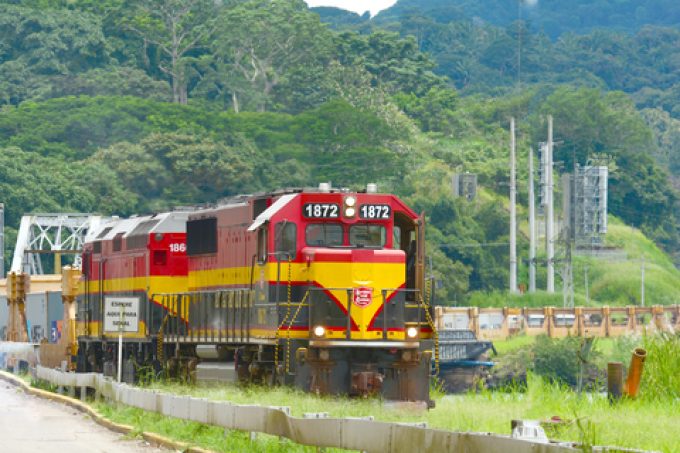HMM sees opportunities in Hapag-Lloyd’s exit from THE Alliance
HMM CEO Kim Kyung-Bae believes Hapag-Lloyd’s departure from THE Alliance will be a big opportunity ...

Liner operators say they are unlikely to emulate Maersk in using land transport to circumvent the Panama Canal restrictions, as moving containers by land in the Americas could drive costs up more than 30%.
In January, the Panama Canal Authority increased the number of daily transit slots to 24, despite first announcing a reduction to 18 for February. However, this is still fewer than the usual 36 daily transits through the waterway.
In response, Maersk announced its OC1 service from Oceania to North and South America would instead call at Balboa port in Panama on the Pacific side, and discharge boxes there.
In the opposite direction, vessels would discharge shipments for Australia and New Zealand at Panama’s port of Manzanillo, on the Atlantic side. These containers are sent by rail across the canal to be transhipped.
Last month’s Clarksons’ Container Intelligence Monthly stated that ONE had followed Maersk by announcing it would be using a ‘land bridge’ involving rail across Panama for some services, omitting canal transits.
However, a ONE spokesperson clarified to The Loadstar: “This is just a temporary land bridge operation for destinations of small volumes in the Caribbean Sea and South American east coast. We have conducted this operation in the past, even before the Panama congestion this time.
“This is just a similar case to past initiatives and, hence, we didn’t ‘follow in Maersk’s footsteps’.”
The spokesperson added: “Our service which hasn’t been able to pass the Panama Canal calls at Rodman port. Since there isn’t any rail service to Rodman, we’re temporarily adopting inland truck service if needed.”
A representative of ONE’s THE Alliance partner, Yang Ming, told The Loadstar land bridge options were not cost-effective.
“Land bridge movements account for just 10% of our US east coast services; because empty containers can only be transported back to Asia by seaborne transport, the cost of a landbridge is too high.
“Today, the freight rate from Asia to the US east coast is around $5,900 per 40ft. A normal Panama transit will take 37 days, but with the diversion round the Cape of Good Hope, you add five to six days. Using a land option will take around 30 days, but add nearly $2,000 to the cost,” he explained.
Linerlytica analyst Tan Hua Joo told The Loadstar he was not aware of any other liner operator using a land option. He explained: “The land bridge option is clearly more expensive, and unfeasible in the long run. I do not see any other carrier taking this option as there are better alternatives available, including the Cape route being used by some carriers.
“THE Alliance has also shifted some of their diverted services back to the Panama Canal with the increased number of slots available,” he added.
Comment on this article